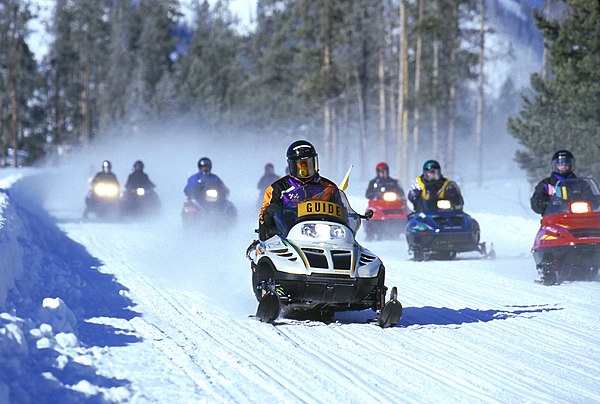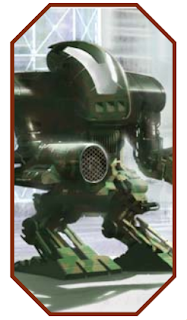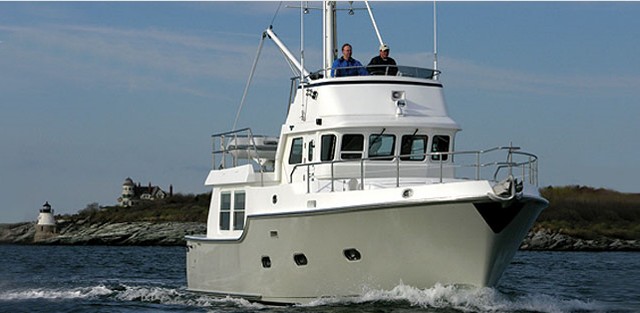Last Week, I talked about a specific powers system I used in a recent game. Of course, I love magic systems and powers system in gurps, and I love to tinker. Here are some of the powers systems I've used in my various games:
Monster Hunters
I've run various monster hunter games over the years. The point of these games is that its usually really easy to get a monster hunters game off the ground. I almost always have an RPM mage of some stripe, as well as an inhuman. The rules for inhumans are really smooth, almost not a power system, though I consider it to be one. I've found RPM to be really strong in PC hands, and less strong in GM hands. Part of this is because the players get lots of planning time for their spells right on the scene of the action, and as a GM I have to plan all the enemy spells ahead of time. It'd be really nice if RPM Ritual lists for enemy load-outs were a thing. I've run a couple games where I limited mages to 400 points and gave everyone else either 500 points or 600 points that could only follow the templates strictly. I still got mages and they felt about right. I haven't really played with a psi or crusader PC for more than a session, and the experiments play pretty similar to inhumans.
Banestorm Atlante
Banestorm Atlante featured three magic systems. One was my first real play test of Magic as Technology. The Melbronx had devices that let the user read the minds of others, another for levitation, and another for fireballs. The limitation was the skill of the user, based on Electronics Operation (Magic Device Operation), and on the availability of the materials used to make the devices. I really liked the effect and the result: the players treated the limited number of magic devices with respect a game where they had a monthly budget of about a million bucks.
The second magic system belonged to the elves, and was never given stats. From the players point of view, it required a lot of study, plus an innate gift they thought for 70% of the campaign was exclusive to elves. The magic probably should have been bought as Mind Control and Affliction: Physical Only Modular Abilities, both with a time limitation, requiring skill rolls to use, and a modifier penalizing the skill roll and giving. Even that would probably have been far out of the point range I wanted, so I just kept not giving them stats, and when a player eventually got the physical only modular abilities affliction I told her to pay 5 points for magery and then to start buying up skill. So if you have a good enough idea of how NPC magic works, and don't tell the players, you don't really need points...
Third magic system was a bunch of racial magical powers, and those just kind of worked smoothly or didn't come up.
Dreadstormers
Dreadstormers is about psychic secret agents infiltrating and steeling a space dreadnought. It uses Psionic powers, plus a few custom powers from both the GM and players, alternative abilities, and buckets of points: all psychic powers, skills, and talents must be under 100 points of the 380 total. I've really liked the result. The characters feel competent and dangerous when their powers are suppressed (the first half of the game) and awesome when their powers on online, without being able to simply solve the challenge in five minutes once they have their power.
Called From Exile
Called from exile is set in space, with a fairly heavy emphasis on psionics. It uses psionic powers as written, a buffed version of alternative abilities where they can be used at the same time, and an alternate pricing scheme for powers that directly compete with vehicles. Essentially you can pay 60 points for stats similar to a mecha or 30 points for only one mecha-level ability. I set a 150 point limit on powers for this game.
I haven't been quite happy with the results. If ST and TK were overpriced before, they are underpriced now. I probably needed to charge twice as much as I did to simply have a vehicles stats. I remain convinced that the price is fair if you have to get out of the mecha, but not if its a psionic power you can't leave at the door of a dinner party.
The main probably is really that all the players are relying on the psionic powers shorthand on their sheets rather than having power modifiers written down that tell them what their ranges and penalties are. One of them also struggles to tell apart the wrapped up advantage from the skill. This causes all sorts of issues at the table. This is a communication issue, and its probably my fault... but it means I will not be using the official powers from the book again.
Overgrown Secrets
I've talked about Overgrown Secrets ultra-lite take on metatronic generators before, and I still really like it. 10 points of advantages with a specific sort of fluff and a gadget are just really easy to whip up quickly.
Overgrown secrets also had a bunch of racial magical powers, which I worked out before hand. These were all NPC, so points didn't matter.
Murder in the Court
Murder in the Court used Realm Powders, which I blogged about last week! I loved the magic system, though it has a huge impact on the society, and so isn't for every game-- but a good magic system is like that!
Wrapping Up
I've played other games, but those are my most recent and memorable, at least as far as powers are concerned. I hope these give you ideas, and help guide you towards what does or doesn't work. Have fun with your games!







/arc-anglerfish-arc2-prod-mco.s3.amazonaws.com/public/ZBPI2VBU4VDQJC53JTMCS6J6QI.jpg)

